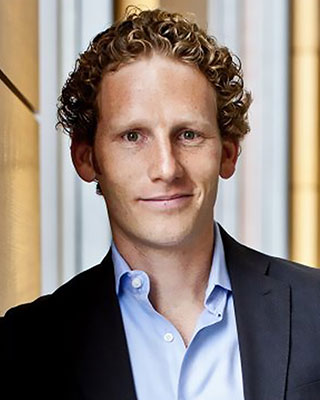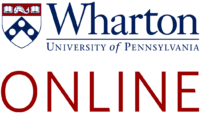Drag for more
Program Experience
Highlights and Key Outcomes
In the Removing Barriers to Change in Organizations course, participants will learn how to:
- Improve their persuasion skills using the REDUCE framework
- Help people change by easing endowment and surfacing the cost of inaction
- Ease change’s uncertainty by demonstrating its value
- Assess the amount of evidence, time, and resources a change will require
Online Learning Modules
Module 1: This module begins by addressing the challenge of change and defining the status quo bias. You’ll understand the importance of weighing and framing the potential advantages and disadvantages of change to overcome loss aversion. You’ll also learn about the REDUCE framework and why people tend to ignore us or rebel when we push them to change. By the end of this module, you’ll better understand how to be a catalyst for change by identifying barriers to organizational change and implementing change agents that inspire minds and affect behavior.
Module Overview:
- The Challenge of Change
- Getting People to Change
- The REDUCE Framework
Module 2: In this module, you’ll examine case studies about Procter & Gamble’s Tide Pods and the Arden House Experiments to understand why warnings backfire. You’ll learn change strategies that empower people’s desire for freedom and autonomy, like providing choices. You’ll also study the endowment effect, how it deters people from changing, and how you can ease its impact. By the end of this module, you’ll know effective ways to surface the cost of inaction and frame new things as old so you can help others embrace change.
Module Overview:
- Reactance — How Warnings Become Recommendations
- Need for Freedom and Autonomy
- Provide a Menu
- Ask, Don’t Tell
- Highlight a Gap
- Endowment — Staying Put Feels Costless
- Surface the Cost of Inaction
- Burn the Ships
- Frame New Things as Old
Module 3: This module delves into how distance and uncertainty contribute to barriers to change. You’ll learn examples of confirmation bias and political polarization so you can identify the moving middle and unsticking points where people agree rather than disagree. You’ll also analyze examples from Zappos, Acura, and Kia to understand how you can harness freemium and lower upfront costs to facilitate organizational change. By the end of this module, you’ll have multiple strategies that ease uncertainty and help people experience the value of change.
Module Overview:
- Distance — Too Far from Their Backyard, People Tend to Disregard
- Confirmation Bias
- The Movable Middle
- Ask for Less
- Switch the Field to Find an Unsticking Point
- Uncertainty — Easier to Try, More Likely to Buy
- Harness Freemium
- Shrink Upfront Costs
- Drive Discovery
- Make It Reversible
Module 4: This module distinguishes between weakly and strongly held attitudes to demonstrate why some behaviors require more information, evidence, or proof before changing. You’ll learn about the translation problem and importance of corroborating evidence that reinforces change. By analyzing many examples, you’ll understand how much evidence, and thus resources, a change requires. By the end of this module and change-management course, you’ll have a grasp on the elements of barriers to change and be able to enact strategies that enable change within your organization and self.
Module Overview:
- Corroborating Evidence — Some Things Need More Proof
- Who Else to Involve
- When to Space Corroborating Evidence Over Time
- How to Best Deploy Scarce Resources When Trying to Change Minds on a Larger Scale
- Course Conclusion
Who Should Attend
This course is designed for managers, leaders, and change agents seeking practical strategies to overcome resistance and drive effective transformation. It is ideal for professionals looking to address organizational challenges, involve stakeholders, and implement manageable, sustainable change initiatives using proven frameworks and techniques. Those who may benefit include:
- Managers and leaders responsible for driving change within their organizations
- Change agents seeking practical strategies to overcome resistance and foster transformation
- Professionals interested in minimizing resistance by involving stakeholders and offering choices
- Decision-makers aiming to surface the hidden costs of maintaining the status quo and demonstrate the benefits of change
- Individuals tasked with implementing large-scale changes who want to make them manageable through incremental steps and pilot programs
- Team leaders and project managers looking to apply the REDUCE framework to address organizational challenges
- Executives focused on creating an environment conducive to sustainable transformation
- Anyone interested in gaining insights into psychological and structural barriers to change and learning how to overcome them effectively
Group Enrollment
To further leverage the value and impact of this program, we encourage companies to send cross-functional teams of executives to Wharton. We offer group-enrollment benefits to companies sending four or more participants.
Faculty

Jonah Berger, PhDSee Faculty Bio
Associate Professor of Marketing, The Wharton School
Research Interests: Consumer decision making, social contagion, social influence, viral marketing


